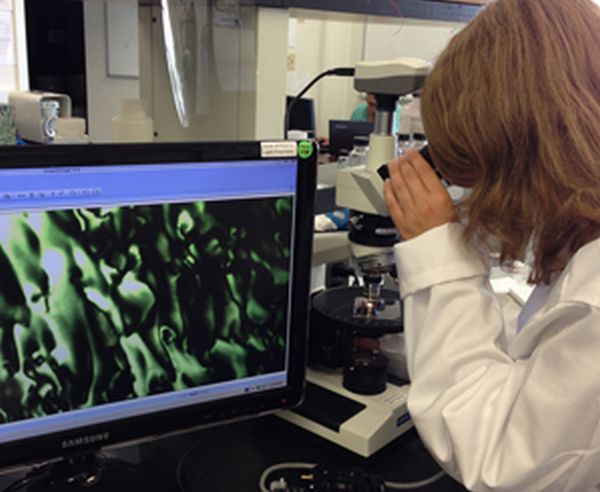Generally, display is the only feature that eats up nearly 45 to 70 percent of the total energy in portable electronics. In order to combat this issue, Light Polymers, South San Francisco based startup have come up with a new type of liquid crystal display (LCD) called the sequential display, it has an ability to switch quickly relatively hence giving brighter screens to smartphones and lasting them longer on charge.
Liquid-crystal display
The liquid-crystal display (LCD) is an electronic visual display that works on the mechanics of adjusting the light properties of liquid crystals since the crystals in consideration do not give out light directly. A layer of liquid crystal material is present in each pixel that undergoes transition from one state to another only to stop transiting of specific colors of light.
Sequential display
The new design makes use of three backlights, which are red, blue and green. These lights illuminate the entire display too rapidly to be perceived by the eye. Color in each pixel would depend on the timing when it opens to pass the light through. If it is only open for one color, then the color will display. If it’s opened for other shades, then the colors will blend as per the requirement. The entire mechanics is based on the design of earlier televisions.
Change in pixels occurs at the rate of milliseconds in conventional LCDs, which is not as fast as is the current design. Technology presented by Light Polymers at the 2014 Emerging Display Technologies accounts for switching the same in less than 60 microseconds. Their new material is robust enough in anchoring the liquid crystal that is responsible for switching pixels on and off in rapid succession.
Sequential display in OLED
The sequential display would also help in closing the energy efficiency gap with another type of digital display, the organic light-emitting diode (OLED). OLED, is a similar technology that is used in creating display in televisions, computer monitors and in portable systems like smartphones, consoles and personal digital assistant (PDAs). They are expensive to produce relatively.
As per the company’s CEO, Marc McConnaughey the material is under evaluation by the manufacturers of flat-panel display. It could be replaced with the currently used in manufacturing lines thus helping the producers towards switching over to the new material.
Source: MIT Technology Review




